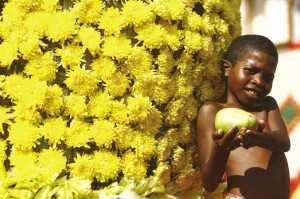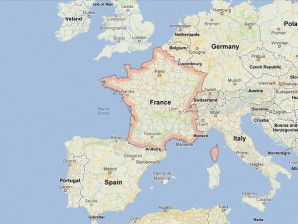
AN AETA takes part in the recent Mango Festival held in Zambales in celebration of its best produce, the mango. JOAN BONDOC
CITY OF SAN FERNANDO—Zambales mango remained to be the sweetest, according to the Department of Agriculture (DA), although production of the fruit slid down.
Officials of the province, however, expressed optimism that mango production in Zambales would be revived.
Zambales Gov. Hermogenes Ebdane Jr. expressed hope that the recent mango congress that the provincial government hosted would help revitalize the industry.
He said the meeting “offered us the best opportunities to meet and conduct business with professionals from across the mango trade.”
DA officials also remained hopeful about the prospects of the mango industry.
“Mango production in Central Luzon has bright potentials due to high demand for fresh and processed mangoes in the world market,” said Fernando Lorenzo, acting DA regional director in Central Luzon.
“It has been long known that mangoes, especially in Zambales, are sought after because of their sweetness,” said Lorenzo.
The Zambales mango has been confirmed by Guinness Book of World Records as the world’s sweetest.
Mangoes grown in Masinloc, Zambales, were found with a total soluble sugar of 23 percent, Lorenzo said in a report released here after the recent 15th National Mango Congress hosted by the Zambales government.
Central Luzon produced 64,052.85 metric tons of mangoes in 2011. Tarlac ranked first, putting in 26 percent of the output. Nueva Ecija and Zambales contributed 23.3 percent and 22.6 percent, respectively.
The region has 33,678 hectares planted with 1.7 million mango trees. At least 1.2 million trees yield the carabao mango variety. Tonette Orejas, Inquirer Central Luzon


